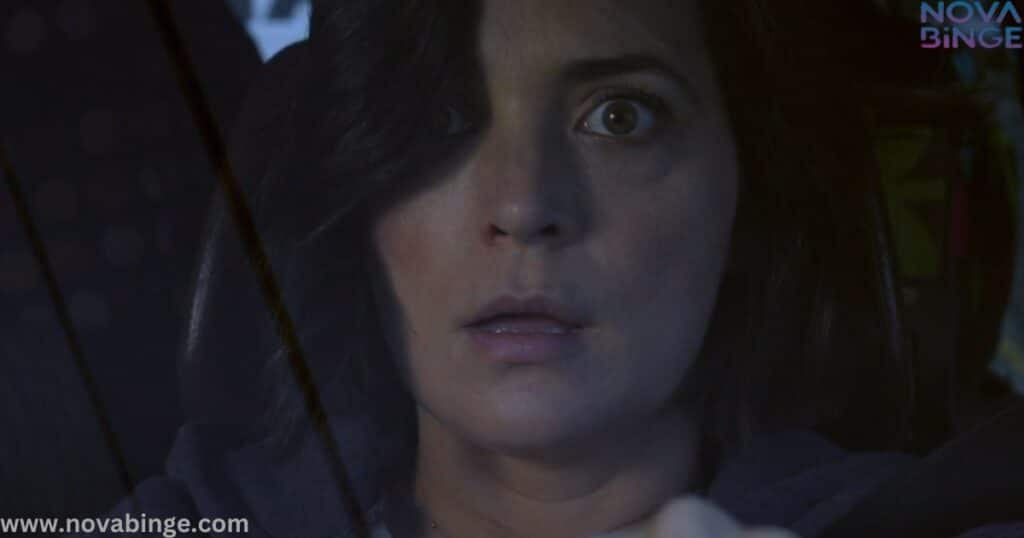In the realm of psychological thrillers, few films have managed to capture the essence of isolation and vulnerability quite like “Alone” (2020).
This gripping tale of survival and suspense owes much of its atmospheric charm to its carefully chosen filming locations.
Let’s embark on a journey through the cinematic backdrop that brought Jessica’s harrowing journey to life on the big screen.
The Heart-Pounding Setting: Oregon’s Wilderness
Portland: The Urban Prelude
While “Alone” is primarily set in the wilderness, Portland, Oregon, serves as the starting point for Jessica’s solo road trip. The city’s blend of urban sophistication and proximity to nature provides a stark contrast to the isolation that follows.
- Key Portland Locations:
- Downtown Portland (brief city scenes)
- Portland International Airport (departure point)
Estacada: Gateway to the Wild
The small town of Estacada plays a crucial role in setting the stage for Jessica’s adventure. This Estacada specific location marks the transition from civilization to the untamed wilderness.
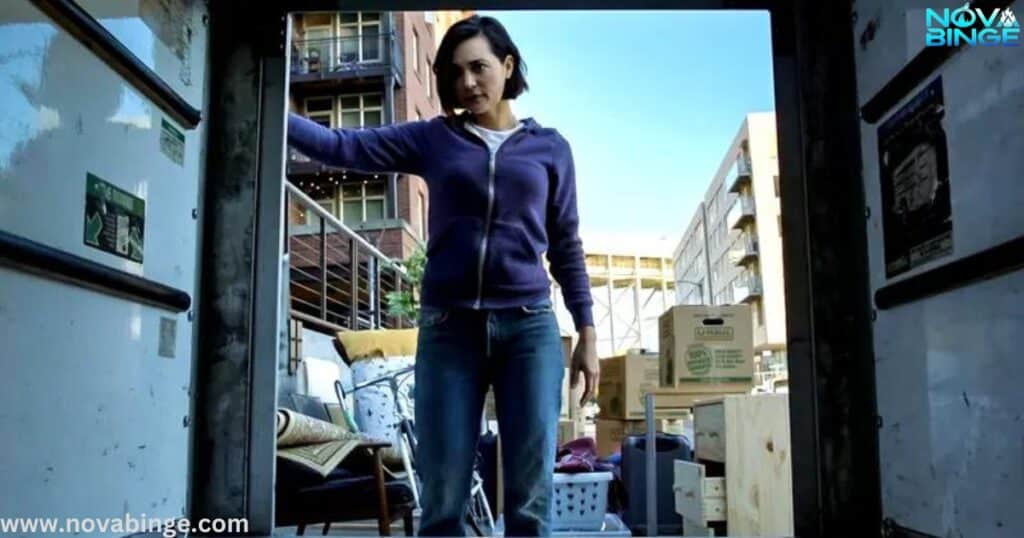
“Estacada was perfect for capturing that last glimpse of normalcy before plunging into the unknown.” – John Hyams, Director
Estacada’s Contributions to the Film:
- Local gas station scenes
- Last stop for supplies
- Eerie small-town atmosphere
Read more about this: Four Brothers Filming Locations
Mount Hood National Forest: Nature’s Imposing Stage
The star of the show, in terms of locations, is undoubtedly Mount Hood National Forest. This vast expanse of wilderness provides the perfect setting for Jessica’s harrowing journey.
Key Features of Mount Hood National Forest:
| Feature | Significance in the Film |
|---|---|
| Dense forests | Creates a sense of being lost and trapped |
| Winding roads | Enables the remote highway encounter scenes |
| Diverse terrain | Allows for varied and challenging escape routes |
| Unpredictable weather | Adds to the physical challenges faced by Jessica |
Crafting Suspense: Specific Filming Sites
The Lonely Highway
One of the most iconic scenes in “Alone” takes place on a remote highway. This stretch of road, carefully chosen for its isolation, becomes the stage for the initial encounter that sets the whole story in motion.
Highway Scene Breakdown:
- Location: Highway 224, near Ripplebrook
- Time of day: Late afternoon (for optimal lighting and atmosphere)
- Weather conditions: Overcast, adding to the foreboding mood
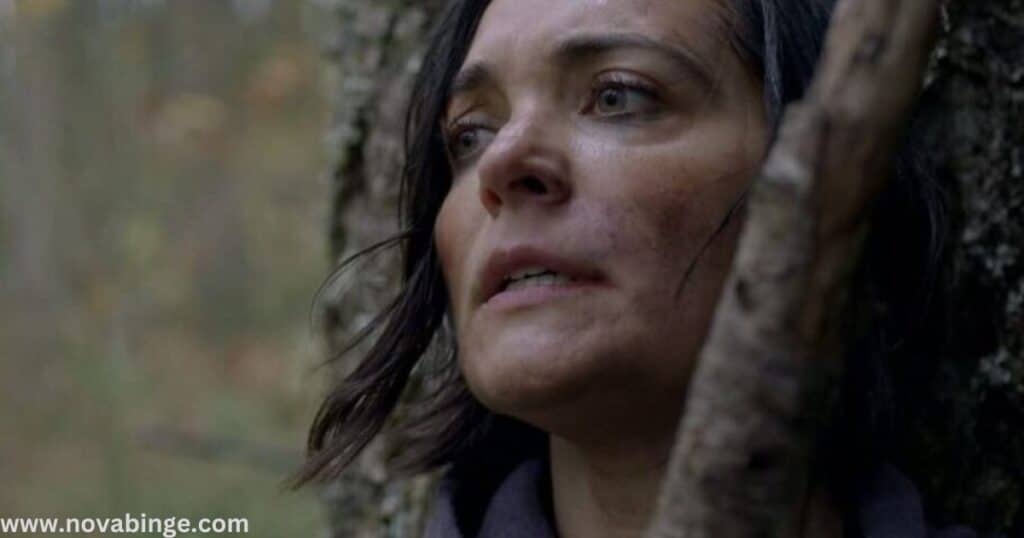
The Forest Hideout
As Jessica flees deeper into the wilderness, the forest becomes a character in its own right.
The production team scouted numerous locations within Mount Hood National Forest to find the perfect spots for key scenes.
Notable Forest Locations:
- Clackamas River Trail: Used for chase sequences
- Old Salmon River Trail: Provides the backdrop for Jessica’s moments of respite
- Ramona Falls: A visually stunning location for a pivotal scene
The Cabin in the Woods
No thriller set in the forest would be complete without a mysterious cabin. The production team found an existing structure and modified it to fit the film’s needs.
Cabin Location Details:
- Near Timothy Lake
- Renovated specifically for the film
- Surrounded by dense forest for maximum isolation
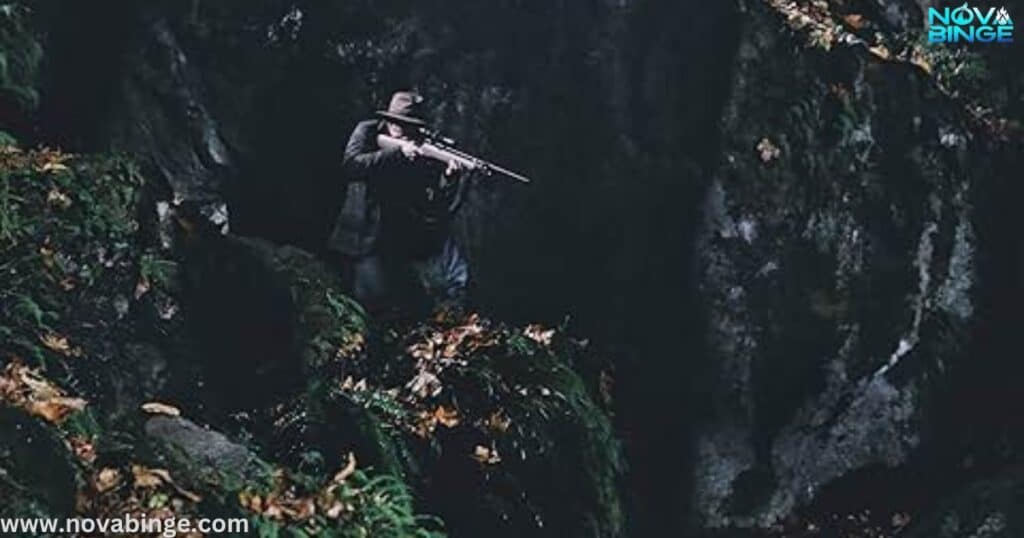
Behind the Scenes: Challenges of Wilderness Filming
Creating suspenseful filming locations in the wilderness comes with its own set of challenges. The production team had to overcome numerous obstacles to bring John Hyams’ vision to life.
Major Production Challenges:
- Weather unpredictability: Shooting schedules had to be flexible
- Limited access: Many locations required hiking in with equipment
- Wildlife encounters: Safety measures were crucial
- Maintaining continuity: Changing foliage and light conditions
“Every day was a new adventure. The forest kept us on our toes, much like it does to Jessica in the film.” – Sarah Musnicky, Location Scout
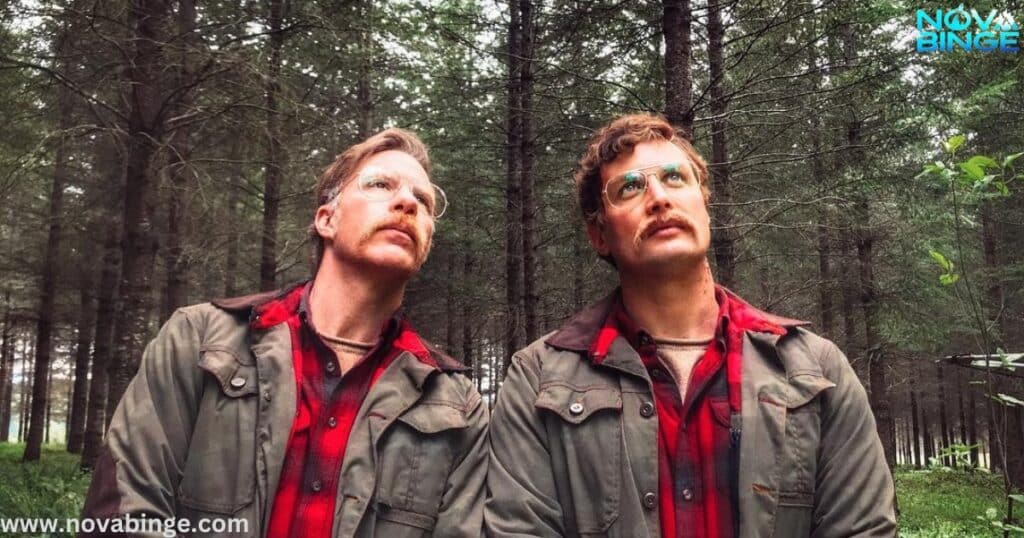
The Psychological Impact of Location
The choice of filming locations in “Alone” goes beyond mere aesthetics. Each setting was carefully selected to enhance the psychological challenges faced by the protagonist.
How Locations Amplify Tension:
- Vast forests: Create a sense of being lost and overwhelmed
- Winding roads: Increase the feeling of disorientation
- Remote cabins: Evoke both potential safety and hidden dangers
- Rushing rivers: Symbolize obstacles and the relentless flow of danger
Case Study: The Remote Highway Encounter
One of the most crucial scenes in “Alone” is the remote highway encounter that sets the entire plot in motion. This scene required a perfect balance of isolation and accessibility for the film crew.
Location: A stretch of Highway 224 near the Ripplebrook Ranger Station
Why This Location Was Chosen:
- Low traffic: Allowed for uninterrupted filming
- Scenic beauty: Provided a stunning backdrop
- Proximity to base camp: Enabled efficient production
- Natural sound isolation: Minimal noise pollution for clear audio
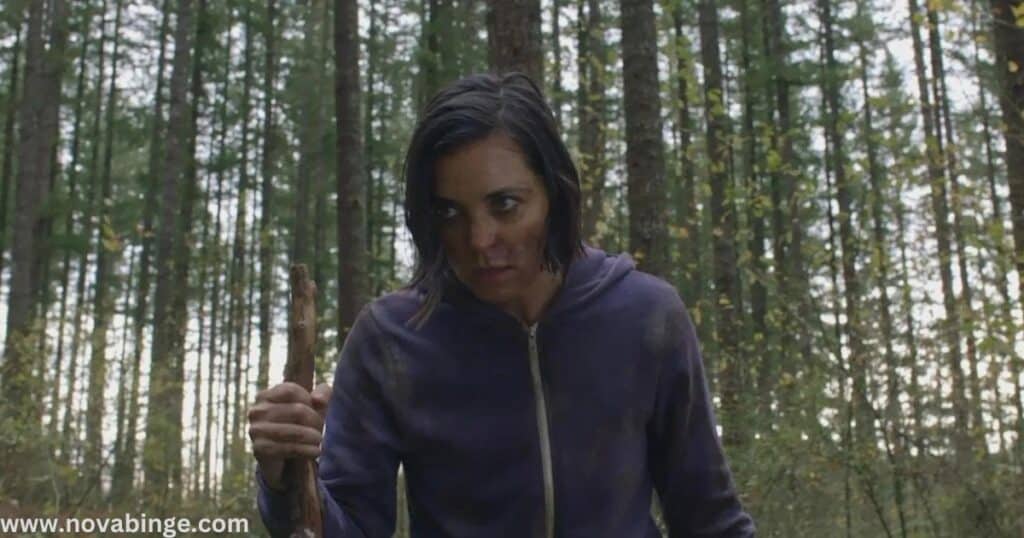
Filming Challenges:
- Coordinating with local authorities for road closures
- Managing changing light conditions for continuity
- Ensuring safety for high-speed driving scenes
The Artistic Vision: Cinematography and Location
The cinematic backdrop of “Alone” isn’t just about finding pretty scenery. Cinematographer Federico Verardi worked closely with the locations to create a visual language that enhances the story’s themes.
Key Cinematographic Techniques:
- Wide shots: Emphasize Jessica’s isolation in vast landscapes
- Tight framing in forests: Create a sense of claustrophobia and being trapped
- Low-angle shots of trees: Make the forest feel imposing and threatening
- Handheld camera work: Increase tension during chase scenes
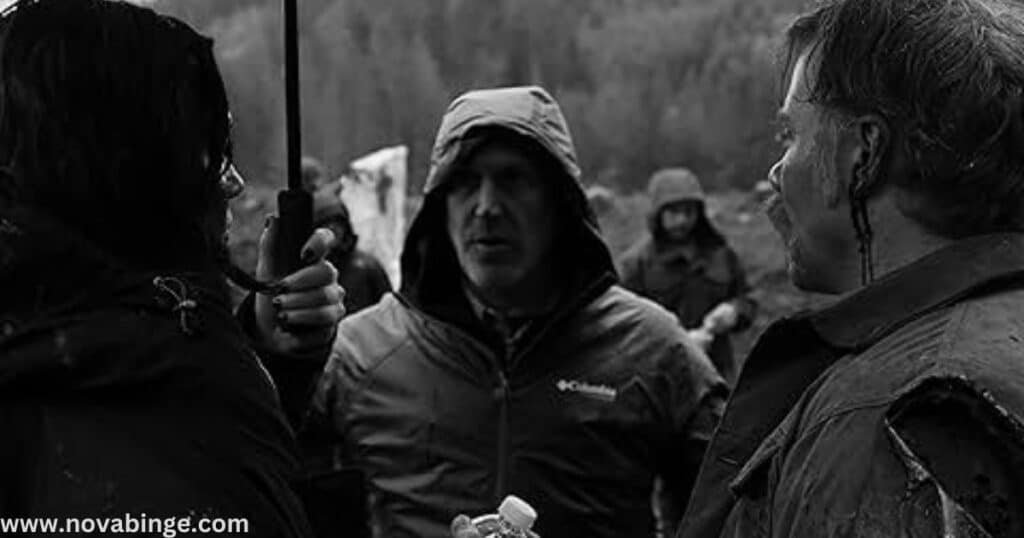
Local Impact and Sustainability
Filming “Alone” had a significant impact on the local communities and environment. The production team took great care to minimize their footprint and give back to the areas that hosted them.
Positive Local Impacts:
- Economic boost to small towns like Estacada
- Increased interest in Oregon’s natural beauty
- Collaboration with local film industry professionals
Environmental Considerations:
- Strict adherence to “Leave No Trace” principles
- Donations to local conservation efforts
- Educational outreach about responsible forest use
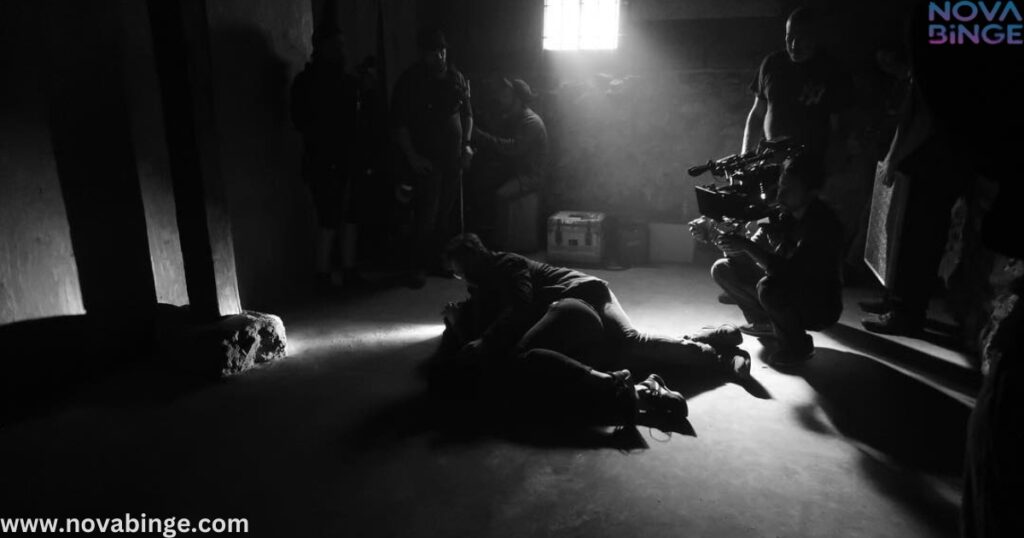
The Legacy of “Alone” Locations
Long after the film’s release, the Alone filming locations continue to captivate audiences and draw visitors to Oregon’s beautiful wilderness.
Ongoing Impact:
- Increased tourism to Mount Hood National Forest
- Greater awareness of Oregon’s diverse landscapes
- Inspiration for other filmmakers to explore natural settings
Jessica’s Journey: A Geographical Breakdown
To truly appreciate the suspenseful filming locations of “Alone,” let’s break down Jessica’s solo road trip geographically.
- Portland: The journey begins
- Estacada: Last stop before wilderness
- Highway 224: The fateful encounter
- Mount Hood National Forest: The heart of the chase
- Timothy Lake area: The climactic scenes
Each of these locations plays a crucial role in building the tension and driving the narrative forward.
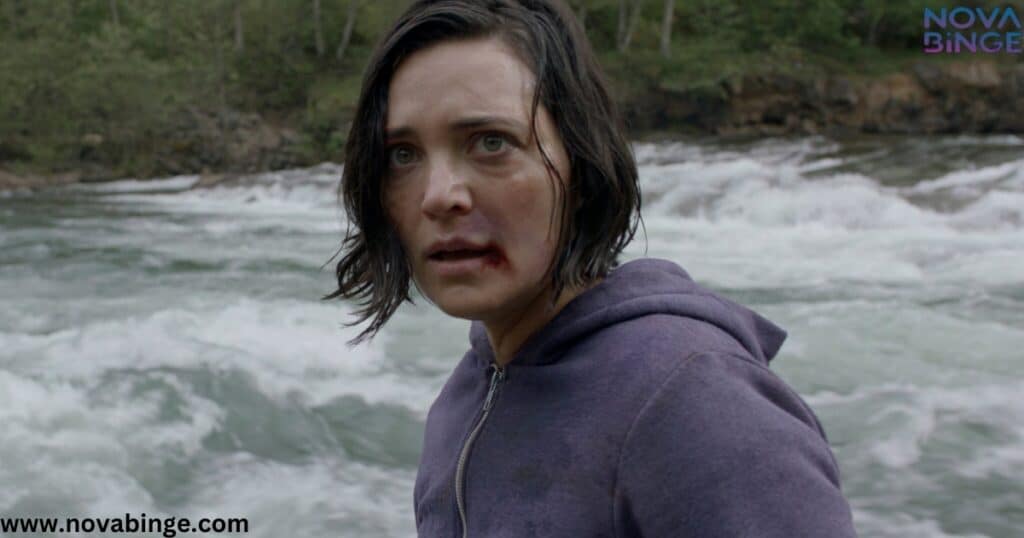
Capturing the Atmosphere: Technical Aspects
Creating the perfect atmosphere for a thriller like “Alone” requires more than just choosing the right locations. The technical aspects of filming play a crucial role in bringing the cinematic backdrop to life.
Key Technical Considerations:
- Lighting: Natural light was prioritized, with minimal artificial lighting to maintain authenticity
- Sound design: The natural sounds of the forest were carefully recorded and enhanced
- Color grading: A cool, muted color palette was used to enhance the sense of isolation
“We wanted the audience to feel the chill in the air, the dampness of the forest. Every technical decision was made with that goal in mind.” – Federico Verardi, Cinematographer
The Supporting Cast: Oregon’s Natural Wonders
While the human actors drive the story, Oregon’s natural wonders play a supporting role that’s equally important in creating the film’s atmosphere.
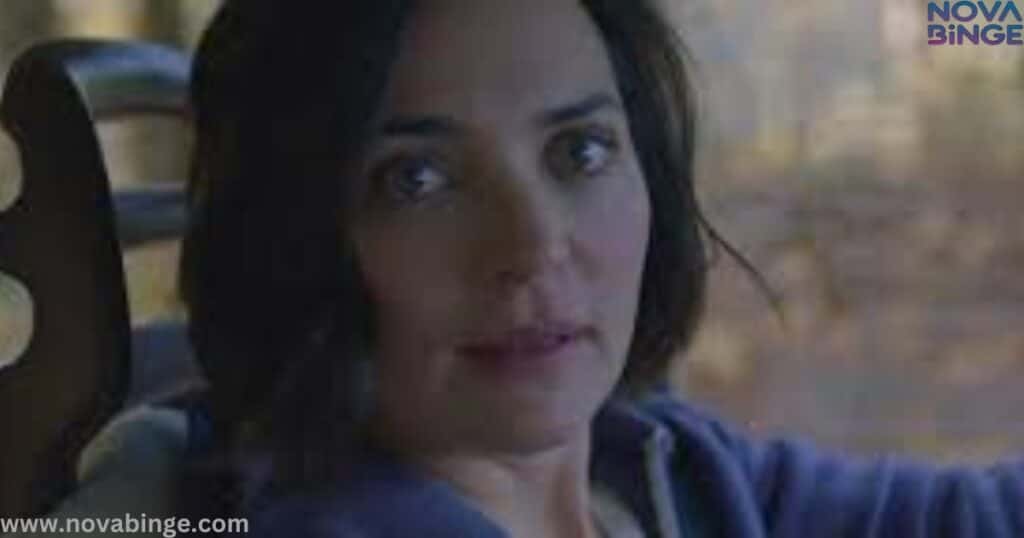
Notable Natural Features:
- Clackamas River: Its rushing waters add tension to chase scenes
- Old-growth forests: Provide a sense of timelessness and mystery
- Misty mountains: Create a backdrop of isolation and beauty
Alone (2020): A Triumph of Location Scouting
The success of “Alone” as a psychological thriller owes much to its carefully chosen filming locations. From the remote highway encounter to the depths of Mount Hood National Forest, each setting contributes to the overall sense of isolation and vulnerability that defines Jessica’s journey.
Key Takeaways:
- The importance of authentic locations in creating suspense
- How natural settings can enhance psychological tension
- The balance between accessibility and isolation in location scouting
- The lasting impact of thoughtful filmmaking on local communities and environments
As we’ve explored the suspenseful filming locations of “Alone,” it’s clear that the Oregon wilderness is as much a character in the film as any of the human actors. The next time you watch this thrilling tale of survival, pay close attention to the landscapes – they’re telling a story all their own.
Frequently Asked Questions (FAQs)
To further satisfy your curiosity about “Alone” (2020) and its filming locations, here are some commonly asked questions:
Q: Where was the main highway scene in “Alone” filmed?
A: The pivotal remote highway encounter was filmed on Highway 224 near the Ripplebrook Ranger Station in Oregon. This stretch of road was chosen for its isolation and scenic beauty, providing the perfect backdrop for Jessica’s harrowing journey.
Q: Did the entire movie take place in Oregon?
A: Yes, the entirety of “Alone” was filmed in Oregon. While the story begins in Portland, most of the suspenseful filming locations were in and around the Mount Hood National Forest area.
Q: How did the filmmakers ensure the safety of the cast and crew in such remote locations?
A: The production team implemented strict safety protocols, including:
- Regular communication checks
- On-site medical personnel
- Wildlife experts to monitor and prevent animal encounters
- Detailed evacuation plans for each filming site
Q: Were any scenes filmed in actual inhabited cabins?
A: No, the cabin scenes were filmed in a structure near Timothy Lake that was specifically prepared for the movie. This allowed the production team to control the environment and ensure it fit perfectly with the film’s atmosphere.
Q: How long did filming take in the Mount Hood National Forest?
A: The exact duration isn’t public, but typically, films of this nature spend 4-6 weeks on location. The challenging terrain and unpredictable weather of the forest likely extended the filming schedule.
Q: Did Jules Willcox (who plays Jessica) perform her own stunts in the wilderness scenes?
A: While Jules Willcox did perform many of her own stunts to add authenticity to Jessica’s solo road trip ordeals, certain high-risk scenes utilized professional stunt doubles for safety reasons.
Q: How did the filmmakers minimize their environmental impact during shooting?
A: The production adhered to strict “Leave No Trace” principles, including:
- Carrying out all waste
- Staying on designated paths
- Avoiding disturbance to local wildlife
- Collaborating with forest rangers to ensure minimal impact
Q: Are there tours available to visit the “Alone” filming locations?
A: While there aren’t official tours specifically for the movie, many of the locations are accessible to the public. Visitors can explore parts of the Mount Hood National Forest and drive along Highway 224, experiencing the same atmospheric charm seen in the film.
Q: How did the weather affect the filming schedule?
A: Oregon’s weather is notoriously unpredictable, especially in forested areas.
The production had to remain flexible, often rescheduling shoots based on weather conditions to maintain consistency in scenes and ensure crew safety.
Q: Was the character of the mysterious man inspired by real events in the area?
A: The character is fictional, created for the film.
However, the idea of a remote highway encounter with a stranger is a common fear that the filmmakers tapped into for maximum psychological impact.
Q: How did the town of Estacada react to the filming?
A: Estacada welcomed the production, seeing it as an opportunity to showcase their town and boost the local economy. Many residents were excited to see their hometown featured in a major film.
Q: Were any scenes filmed in a studio, or was it all on location?
A: While the majority of the film was shot on location to capture the authentic feel of the wilderness, some interior car scenes may have been filmed in a studio for better control over lighting and sound.
Q: How did the cinematographer capture the sense of isolation in such vast landscapes?
A: Cinematographer Federico Verardi used a combination of wide shots to show the vastness of the landscape and tight, claustrophobic shots in the forest to create a sense of being trapped.
The use of natural light and a muted color palette also contributed to the isolating atmosphere.
These FAQs provide additional insight into the production process and the specific filming sites of “Alone,” enhancing the reader’s understanding of how the movie’s cinematic backdrop contributed to its suspenseful and isolating atmosphere.

David Lee is a seasoned writer specializing in filming locations. With a keen eye for detail and a passion for cinema, David explores the stories behind iconic sites and shares unique insights that bring your favorite films and series to life.

